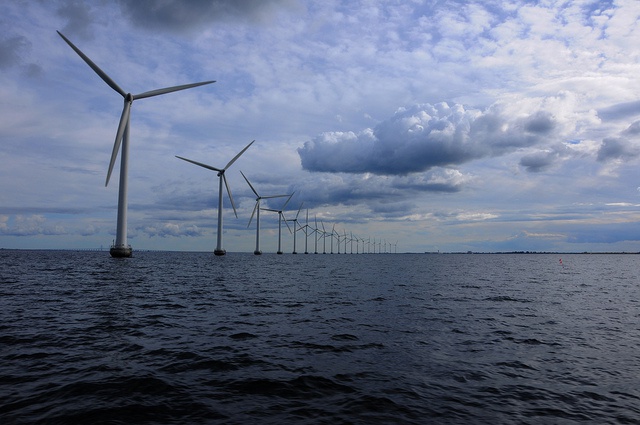HISTORY AND WEATHER REPORT OF SCOTLAND, THE UNITED KINGDOM OF GREAT BRITAIN AND NORTHERN IRELAND Inshore Waters
Inshore WatersThere are strong wind warnings in 12 areas.
There is a gale warning in 1 area.
A cool northwesterly airflow covers the United Kingdom during Tuesday. Atlantic fronts will make slow progress northeast across southwestern areas during Wednesday.
Shipping ForecastThe general synopsis at 1800
Low south Norway 995 slow moving filling 1000 by 1800 Tuesday. High 150 miles west of Fitzroy 1027 slow moving with little change by same time. New low expected Norwegian Sea 996 by that time
Extended OutlookThe Extended Outlook aims to signpost expected hazards for the Cullercoats, Niton and Portpatrick areas for the three days beyond the 24 hour shipping forecast.
High SeasThe general synopsis at 27 May 19:00 UTC
At 271200UTC, low 43 north 47 west 1001, expected 45 north 44 west 996 by 281200UTC. Low 64 north 18 west 1011, expected 63 north 17 west 1013 by same time. Low 66 north 04 east 989, expected 66 north 01 east 995 by that time. at 271200UTC, low 56 north 09 west 1006 losing its identity by 281200UTC. High 43 north 19 west 1026, expected 43 north 17 west 1028 by same time.
The North Sea is a marginal sea of the Atlantic Ocean located between the United Kingdom (particularly England and Scotland), Denmark, Norway, Sweden, Germany, the Netherlands, Belgium and France. An epeiric (or "shelf") sea on the European continental shelf, it connects to the ocean through the English Channel in the south and the Norwegian Sea in the north. It is more than 970 kilometres (600 mi) long and 580 kilometres (360 mi) wide, with an area of 570,000 square kilometres (220,000 sq mi).
The North Sea has long been the site of important European shipping lanes as well as a major fishery. The sea is a popular destination for recreation and tourism in bordering countries and more recently has developed into a rich source of energy resources including fossil fuels, wind, and early efforts in wave power.
Historically, the North Sea has featured prominently in geopolitical and military affairs, particularly in Northern Europe. It was also important globally through the power northern Europeans projected worldwide during much of the Middle Ages and into the modern era. The North Sea was the centre of the Vikings' rise. Subsequently, the Hanseatic League, the Netherlands, and the British each sought to dominate the North Sea and thus access to the world's markets and resources. As Germany's only outlet to the ocean, the North Sea continued to be strategically important through both World Wars.
The coast of the North Sea presents a diversity of geological and geographical features. In the north, deep fjords and sheer cliffs mark the Norwegian and Scottish coastlines, whereas in the south, the coast consists primarily of sandy beaches and wide mudflats. Due to the dense population, heavy industrialization, and intense use of the sea and area surrounding it, there have been various environmental issues affecting the sea's ecosystems. Adverse environmental issues – commonly including overfishing, industrial and agricultural runoff, dredging, and dumping, among others – have led to a number of efforts to prevent degradation of the sea while still making use of its economic potential.


 Author
Topic: What do you call a 5'5" man whose father is 5'10"? (Read 724 times)
Author
Topic: What do you call a 5'5" man whose father is 5'10"? (Read 724 times)
